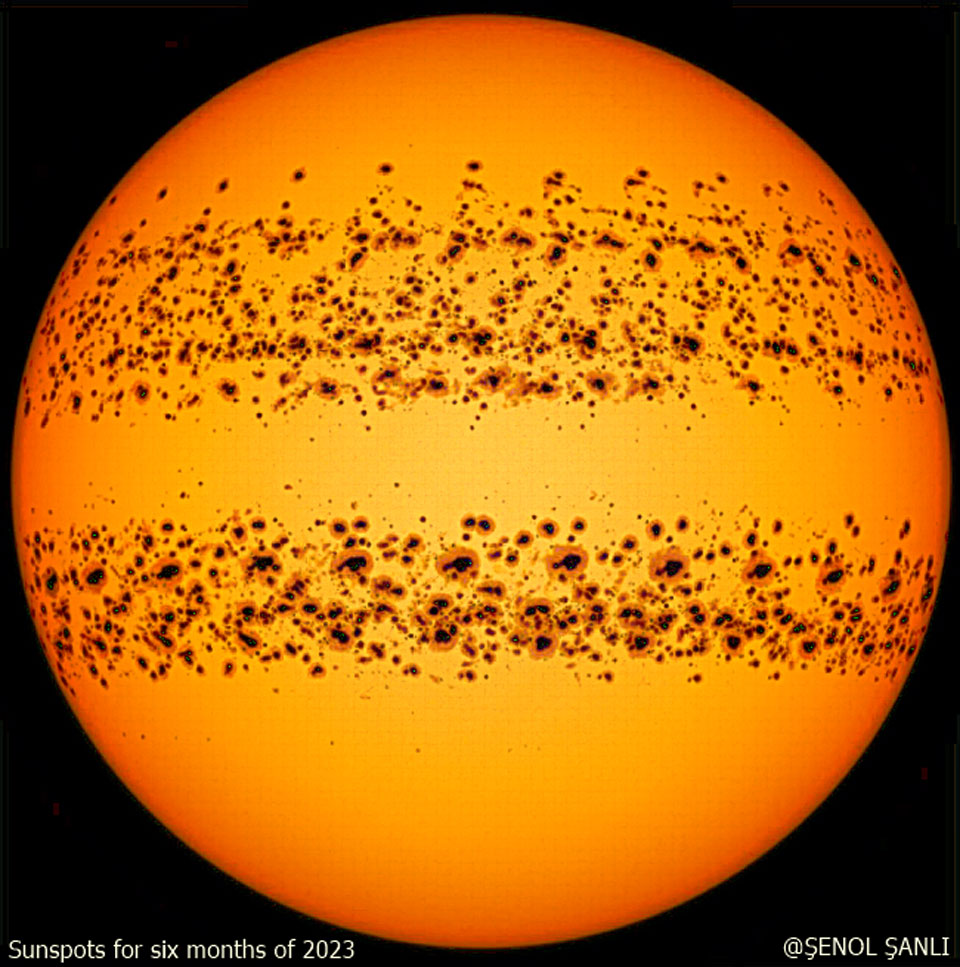this post was submitted on 16 Jul 2023
122 points (100.0% liked)
SpacePics
248 readers
1 users here now
A community dedicated to sharing high quality images of space and the cosmos
Rules:
-
Include some context in the title (such as the name of the astronomical object or location where it was photographed)
-
Only images, pictures, collages, albums, and gifs are allowed. Please link images from high quality sources (Imgur, NASA, ESA, Flickr, 500px , etc.) Videos, interactive images/websites, memes, and articles are not allowed
-
Only submit images related to space. This may include pictures of space, artwork of space, photoshopped images of space, simulations, artist's depictions, satellite images of Earth, or other related images
-
Be civil to one another
founded 1 year ago
MODERATORS
you are viewing a single comment's thread
view the rest of the comments
view the rest of the comments

Wow this is really neat, I didn't realize sun spots occur in bands like this. I always assumed they occur across the whole surface
They don't, they're the same spots overlayed over time. What you're seeing is each spots parambulation around the sun which makes a banding pattern when all together, think of it like each spots orbit.